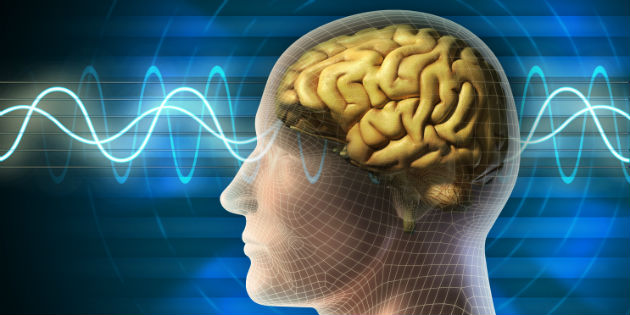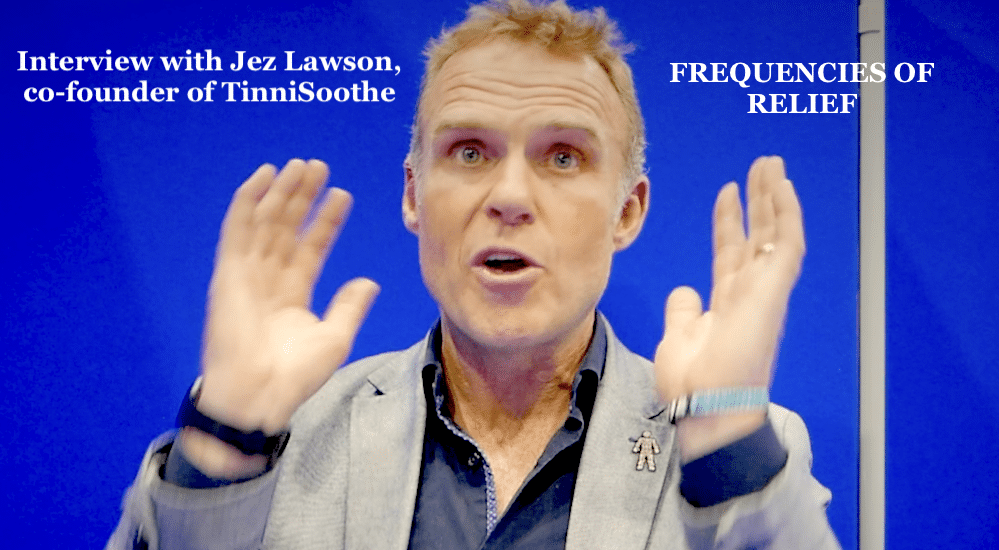White noise after loud noise exposure to prevent hearing deficits
Study
Researchers from the University of Pittsburgh School of Medicine, Pennsylvania (USA) have shown in a mouse model that mild hearing loss as a result of brief noise exposure leads to pronounced reorganization of local excitatory and inhibitory circuits in the inferior colliculus.

Hearing loss is known to lead to a broad range of cellular and synaptic changes in auditory brain areas but little is known about possible changes in synaptic circuit connectivity that may underlie associated hearing deficits.
To look into this question more closely, the team of researchers from Pittsburgh tested mice with exposure to moderate white noise for 7 days immediately after loud noise exposure. It was found that about half of the mice exposed to high sound pressure levels (116 dB) for 45 minutes were unable to detect gaps in background sound one week later. These gaps are a commonly used behavioral sign for tinnitus in animal models. However, acoustic enrichment with moderate intensity, pulsed white noise immediately after noise exposure prevented both circuit reorganization and gap detection deficits in tested mice.
According to the authors of the study, which was published in early June in the Journal of Neuroscience, “Acoustic enrichment immediately following noise trauma prevents circuit reorganizations as well as gap detection deficits, highlighting the potential for using sound therapy soon after cochlear damage to prevent the development of central processing deficits.”
Source: Medical News Today; Sturm J.J., et al. Noise trauma induced behavioral gap detection deficits correlate with reorganization of excitatory and inhibitory local circuits in the inferior colliculus and are prevented by acoustic enrichment. The Journal of Neuroscience 2017 Jun 5. pii: 0602-17.
 Sign in
Sign in

